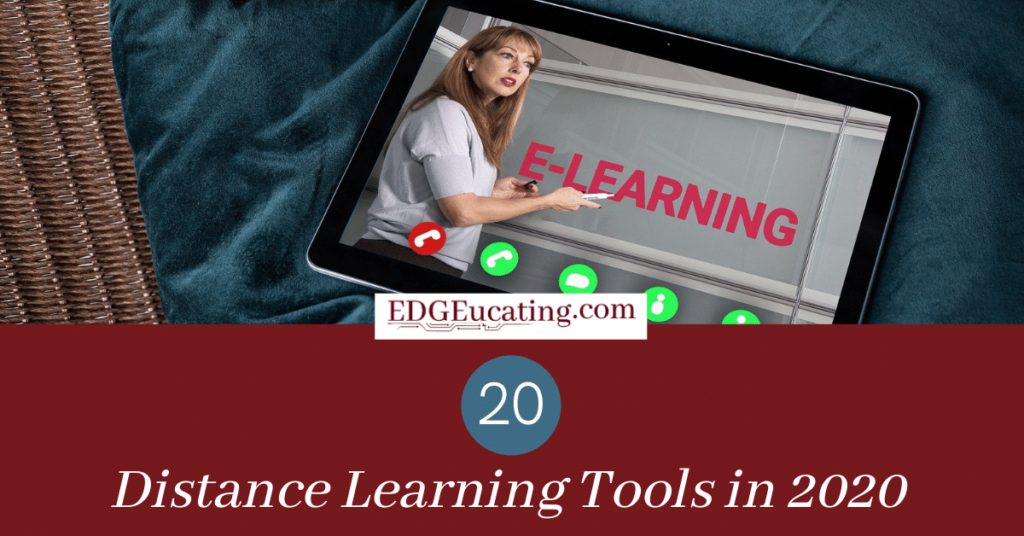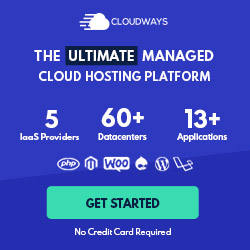What is a Learning Management Platform?
Learning Management Platforms help teachers give clear lessons and run strong online learning programs. When schools shift to virtual learning, these platforms let teachers share lessons, track progress, and reuse teaching resources. Teachers use them to differentiate lessons, add videos, and give feedback so students stay engaged and learn new skills. For more on how teachers use these digital learning tools for virtual learning, check out the blog article below.

A good Learning Management Platform lets a teacher control the content and how it is presented, much like in a classroom. For example, a teacher might upload a short video, attach a worksheet, and check which students need extra help. Below you’ll find a look at the main features and some platforms to try for better student engagement and practical teaching strategies.
Content Management
The first need is content management. Teachers should be able to make, store, and share lessons easily. A platform should let you upload slides, attach a short video, add readings, and reuse those materials later. This makes creating courses faster and helps students find what they need.
Curriculum Mapping and Planning
Second is curriculum mapping and planning. A good platform offers places to save lesson plans, align work to standards, and set up assessments. Teachers can mix in teaching resources and adjust lessons to fit student needs. This supports clear teaching strategies and helps students build skills over time.
Communication
Third is communication. Platforms should make it simple to send announcements, post in forums, and message students or parents. Good communication keeps families in the loop and boosts student engagement. For example, a teacher can post a quick announcement and follow up with a direct message to a student who needs extra help.
Academic Management
Finally, academic management. Teachers need tools to track progress, grade work, and give feedback. Useful features include gradebooks, e-portfolios, attendance tracking, and easy ways to view student work. These tools help teachers spot who needs help and use timely feedback as a teaching strategy to improve learning in virtual learning or in-class settings.
5 Quality Learning Management Platforms

Canvas:
Canvas is popular in middle school, high school, and university settings. It supports many plugins and widgets so teachers can add tools without heavy IT help. Main features include assignments, grading, annotation tools, notifications, and an analytics dashboard. Teachers can use analytics to spot students who need help and adjust lessons. Canvas works well for large online learning programs and gives centralized access to teaching resources. Example: a teacher checks the analytics weekly to see which students need a follow-up lesson. Click here for pricing information.
Schoology:
Schoology focuses on K-12 schools and puts student engagement first. It offers class and individual tools, a mobile app, data and analytics, and assessment management. Schoology also connects to a catalog of apps and supports differentiated lessons using curated teaching resources. It’s a good option for teachers who want easy ways to deliver courses in different formats. Example: a teacher shares a short interactive activity in Schoology to reach students who learn differently. Schoology offers a free version for individual teachers and school-level packages. Click here for a free demo.
Showbie:
Showbie is simple and focuses on instruction, communication, and feedback. Teachers can create groups for different learners, share work, and keep student portfolios. A neat feature is voice notes on student work, which adds a personal touch to feedback. Showbie is a strong choice for smaller-scale programs or individual teachers who want quick setup and clear tools. Example: a teacher records a 30-second voice tip on a student’s draft to explain a next step. Showbie has Basic and Pro editions for teachers and schools. Click here for plans.
Sakai:
Sakai is open-source and flexible. It offers both live and on-your-own-time tools for messaging and group work, plus grading with rubrics. Teachers can build custom courses with text, video, links, and assignments, and control when students see content. Sakai is a good fit for institutions that want to build customized programs using open-source teaching resources. Example: a university team builds a custom course shell and adds third-party tools for labs. Click here for more information.
Classter:
Classter combines student information systems with an LMS. It handles registration, billing, classroom tools, and adaptive learning tech. This makes it better suited to districts, private schools, or universities than to solo teachers. Classter includes portals and mobile apps so students, teachers, and parents can all access information in one place. Example: a school district uses Classter to manage schedules, grades, and student portals across several schools. According to classter.com, “Classter offers advanced homework and classroom management by providing teachers the opportunity to upload detailed tasks, homework or lesson plans supporting their students more effectively.” Click here for details.
Quick tip: Try demos of two platforms and compare them on ease of use, available teaching resources, pricing, and how they support student engagement and teaching strategies.
Choosing a Learning Management Platform
Start by listing what your school or team needs. Try free demos from two platforms and compare them side by side. Use this quick checklist when you test each option:
- Ease of use for teachers and students (can teachers save time and reuse courses?)
- Access to teaching resources and third-party tools
- Ways to track skills, grades, and student progress (analytics and gradebook)
- Communication options for students and parents
- Cost, support, and how the system scales as your program grows
After you try demos, pick the platform that best supports student engagement and practical teaching strategies. Try two demos this week and compare results to feel confident in your choice. Please share your favorite learning management platform with us in the comments!



